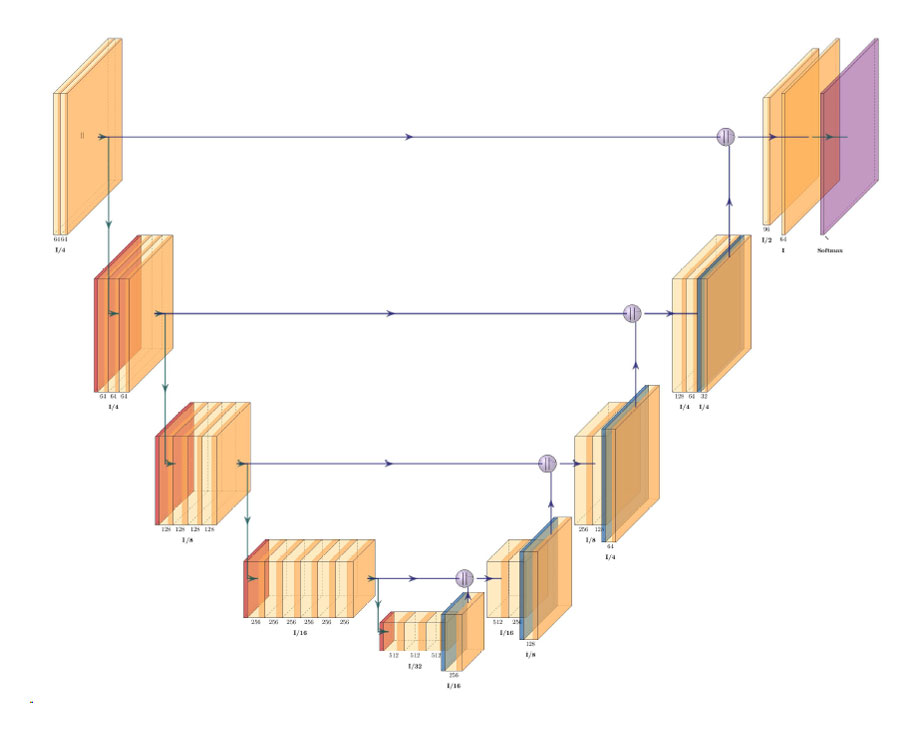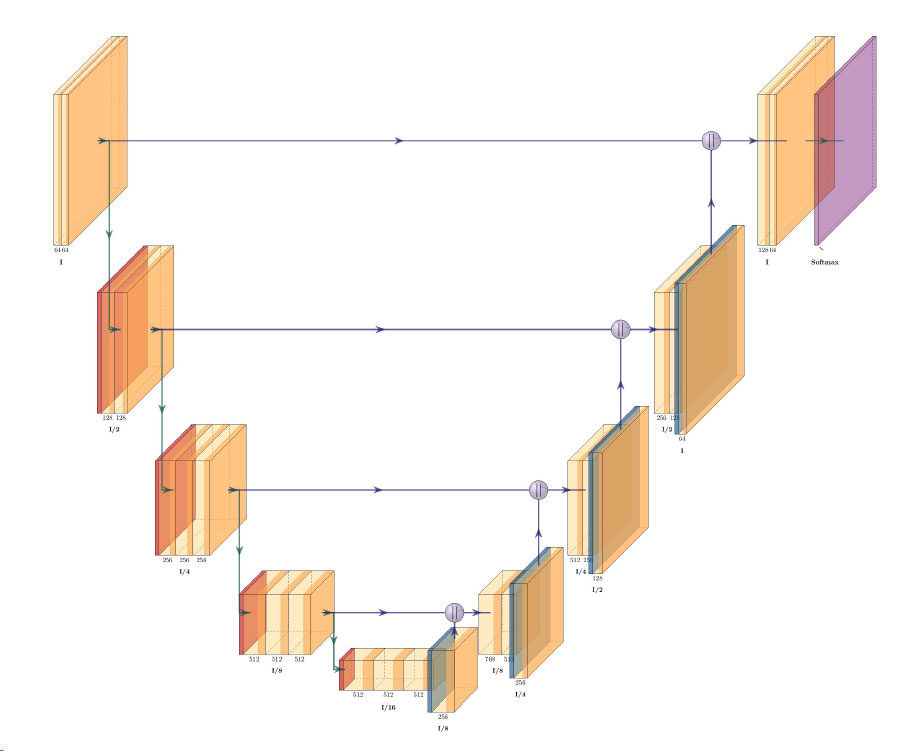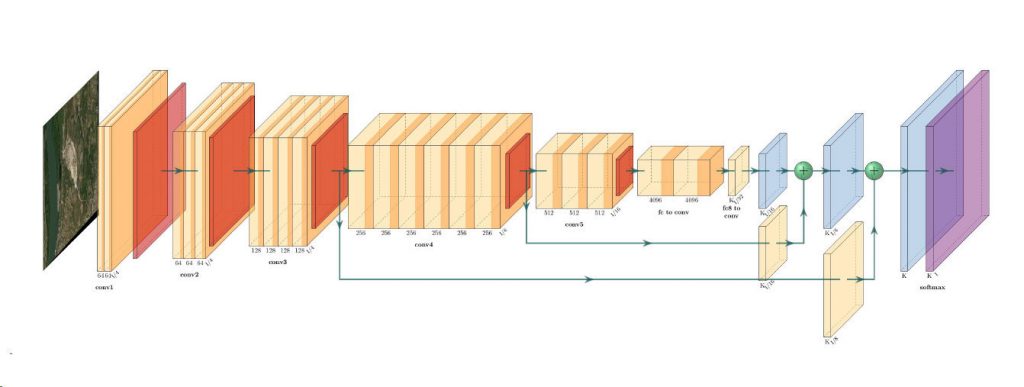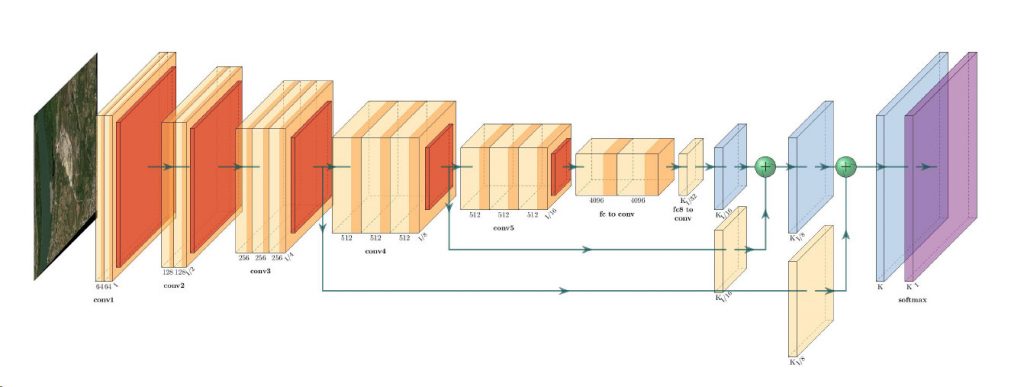European Space Imaging and TotalView Provide Satellite Imagery for Greek LPIS 2014 Project
- European Space Imaging
European Space Imaging and TotalView successfully completed the provision of DigitalGlobe’s (DG) satellite imagery products for the Land Parcel Identification System (LPIS) 2014 project in Greece.
The project “Digital Services in the Single Application Renewed Land Parcel Identification System” project was announced by the Greek Payment and Control Agency for Guidance and Guarantee Community Aid (OPEKEPE) and required the provision of 39,600 km2 of Greece. LPIS was designed as the main instrument for the implementation of the Common Agriculture Policy first pillar – direct payments to the farmer, i.e. to identify and quantify the land eligible for payments. Surprisingly, since its inception LPIS has also been used by members states as a data resource for use in relation to all sorts of land identification projects where up to date maps and information are required.
The project was awarded to Eratosthenes, Greece, one the of the largest consultancies in Greece in the fields of engineering, planning and GIS applications with the support of TotalView, Greece. TotalView provided Eratoshenes the required pre-sales support and documentation in order to successfully participate and eventually win in the tender procedure.
The project had unique characteristics and several restrictions that needed to be covered. The requested user license (by the terms of references of the aforementioned tender), was for the first time provided in Greece and allowed the internal use of WorldView-2 and GeoEye-1 imagery/ortho-photos and any type of their derivatives to all the public domain authorities and the full resolution viewing to the wide public. The images selection had to be inside a specific time-frame and the land use of the available areas to choose from had to be mostly agriculture. Finally, technical specifications like Off Nadir Angle and Cloud/Snow Coverage had to be under certain limits.
TotalView worked closely together with European Space Imaging, DigitalGlobe, Eratoshenes, and Opekepe to find the complying products, organize the digital delivery to help fast-track the schedule and finally deliver the physical media to end customer. The next step is to deliver the rest of the country area as a continuation of the completed project.
Related Stories
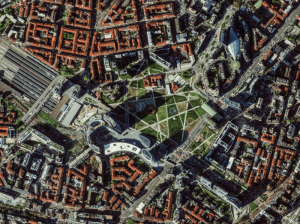
Europe’s Green and Digital Transformations with 25 Years of VHR Satellite Archive Data
Planning Europe’s future without knowing its past is impossible. The European Green Deal, Horizon Europe, the EU Biodiversity Strategy for 2030 and other policies all demand one thing: evidence. Not just today’s data, but years of history that show how our cities, forests, and coastlines have changed.
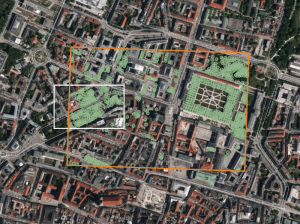
AI Uses 15 cm Satellite Images to Cut Costs and Increase Scalability in Forest Management and Urban Forestry
Forest managers across Europe face an impossible task: monitor millions of hectares with shrinking budgets while meeting increasingly strict EU environmental targets. But with the rise of AI and satellite technology, they now have new solutions at their disposal – smarter, cheaper, and more scalable – to monitor forest health, automate tree inventories, and plan sustainable logging. In this article, we introduce one of these solutions: an AI forestry algorithm developed by Arboair using 15 cm satellite data from EUSI.

GEOSeries: Extracting Insights From High Resolution SAR Imagery for Time-Sensitive Analysis
In this webinar, industry experts and advanced users of Umbra SAR data showcase how they transform SAR imagery into actionable insights in real-world mapping, monitoring and intelligence applications. See how NV5 and Umbra leverage ENVI SAR Essentials for advanced processing with time-efficient results, converting analytics into valuable intelligence.
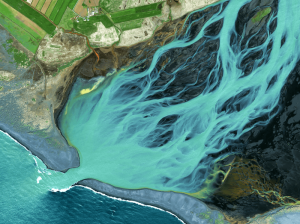
Using Satellite Imagery to Build Water Resilience Across Europe
Water across Europe is facing severe pressure. Climate change, urbanisation, agricultural demands and other sources of pollution are threatening water security and creating critical challenges that need to be addressed. We have to act quickly, build stronger systems and create sustainable water resilience practices – so that both natural ecosystems and human communities can thrive. Here is how satellite imagery from EUSI can help.


